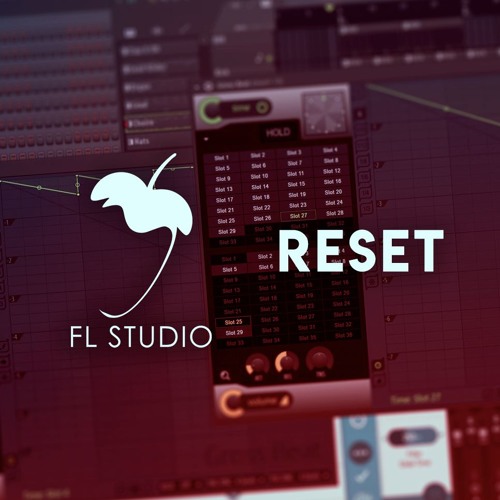
This can be achieved through the use of minor 2nd, minor 3rd, and tritone intervals. For a trap melody, we need to use intervals that create tension and uneasiness. In music, there are special melodic intervals that composers and producers use to evoke certain feelings.

As already mentioned, trap melodies tend to sound aggressive, menacing and ominous (unless it is a party beat). Working in these scales will already help you in writing a fitting trap melody, but it doesn't hurt to understand what makes a melody sound a certain way. Clicking on it will get you a long list of different chords and scale names, among which the scales we are looking for can be found as well. You don't need to remember these scales because we have the Stamp tool inside FL Studio that provides a shortcut to any scale imaginable. The three most common scales for trap music are the natural minor scale, the harmonic minor scale, and the Phrygian scale. By sticking to the right scale, you can compose a solid sounding chord progression and melody that fits the genre, even if you don't know music theory. A scale is a collection of notes that sound well together, so in a way, it is your insurance against writing music that sounds out of tune. You will need the right musical scale to give these characteristics to your sound. Still, a good trap beat is usually atmospheric, aggressive and menacing in nature. And still others will tell you it is all about the kick that hits hard, the hi-hats and snare rolls and the bass that slaps. Others will insist on having a memorable melody that carries the track. Some will put the emphasis on the atmosphere of the track because it sets the mood for their lyrics.


Depending on their taste, you will get a wide range of different answers. If you are writing instrumentals for rap artists, ask them what it is that they look for in a trap beat the most. The answer to this question is not unequivocal because different people like trap music for different reasons.


 0 kommentar(er)
0 kommentar(er)
